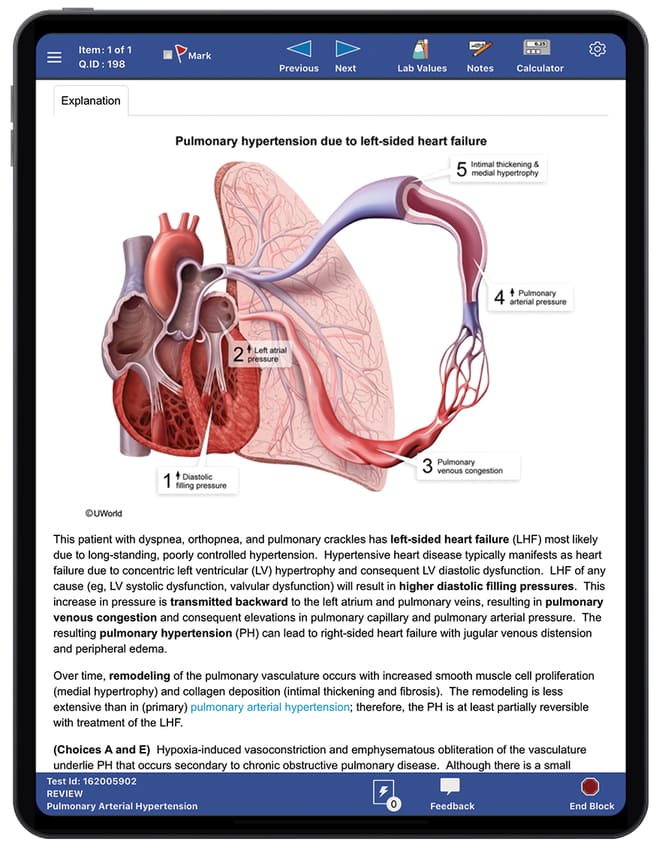
This gives us important clues about function. The genomic landscape shows marked variation in the distribution of a number of features, including genes, transposable elements, GC content, CpG islands and recombination rate.Although the details will change as the sequence is finished, many points are already clear. Much work remains to be done to produce a complete finished sequence, but the vast trove of information that has become available through this collaborative effort allows a global perspective on the human genome. And, uniquely, it is the genome of our own species. It is the first vertebrate genome to be extensively sequenced. It is the largest genome to be extensively sequenced so far, being 25 times as large as any previously sequenced genome and eight times as large as the sum of all such genomes. The sequence of the human genome is of interest in several respects. Already about one billion bases are in final form and the task of bringing the vast majority of the sequence to this standard is now straightforward and should proceed rapidly. The task ahead is to produce a finished sequence, by closing all gaps and resolving all ambiguities. The sequence data have been made available without restriction and updated daily throughout the project. The sequence was produced over a relatively short period, with coverage rising from about 10% to more than 90% over roughly fifteen months. The draft genome sequence was generated from a physical map covering more than 96% of the euchromatic part of the human genome and, together with additional sequence in public databases, it covers about 94% of the human genome. Here we report the results of a collaboration involving 20 groups from the United States, the United Kingdom, Japan, France, Germany and China to produce a draft sequence of the human genome. The fruits of this work already include the genome sequences of 599 viruses and viroids, 205 naturally occurring plasmids, 185 organelles, 31 eubacteria, seven archaea, one fungus, two animals and one plant. The last quarter of a century has been marked by a relentless drive to decipher first genes and then entire genomes, spawning the field of genomics.
#Essential anatomy 3 windows 15 day free trial keygen

The third unlocked the informational basis of heredity, with the discovery of the biological mechanism by which cells read the information contained in genes and with the invention of the recombinant DNA technologies of cloning and sequencing by which scientists can do the same. The second defined the molecular basis of heredity: the DNA double helix. The first established the cellular basis of heredity: the chromosomes. The scientific progress made falls naturally into four main phases, corresponding roughly to the four quarters of the century. The rediscovery of Mendel's laws of heredity in the opening weeks of the 20th century 1, 2, 3 sparked a scientific quest to understand the nature and content of genetic information that has propelled biology for the last hundred years.


 0 kommentar(er)
0 kommentar(er)
